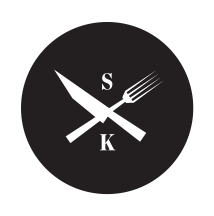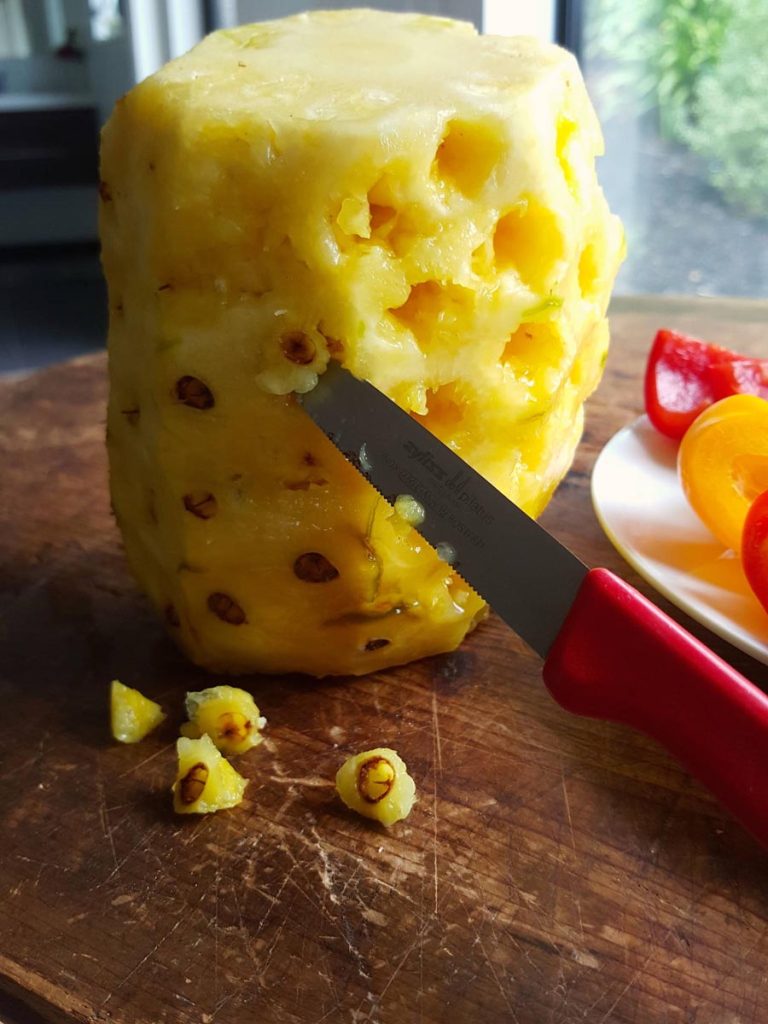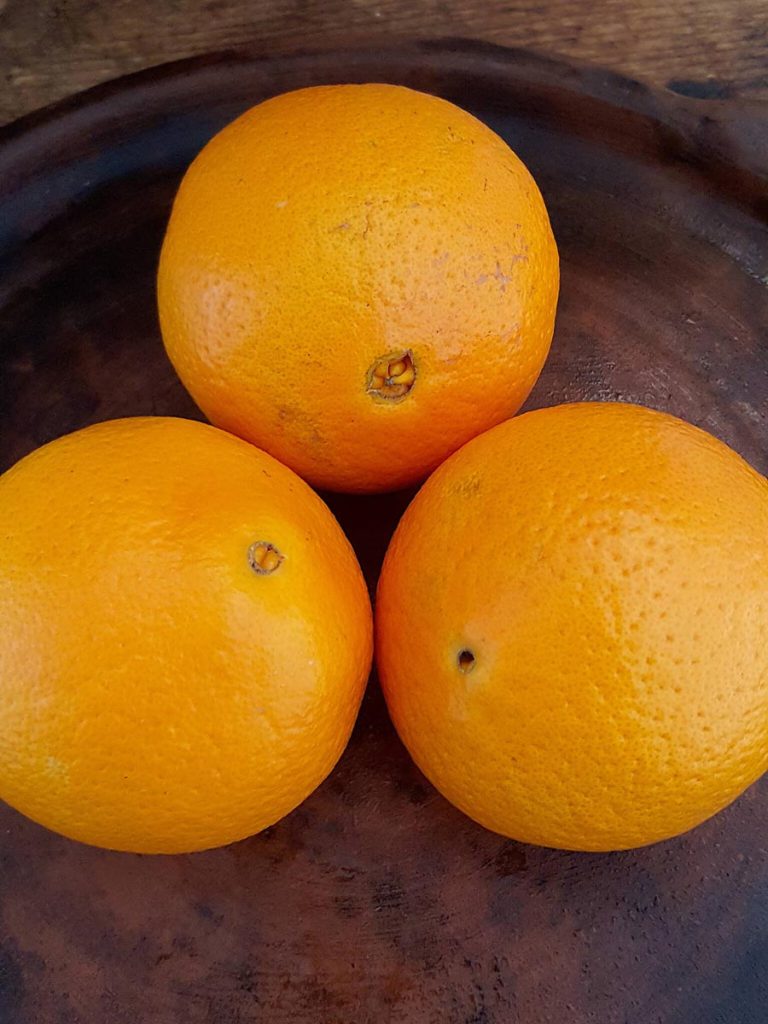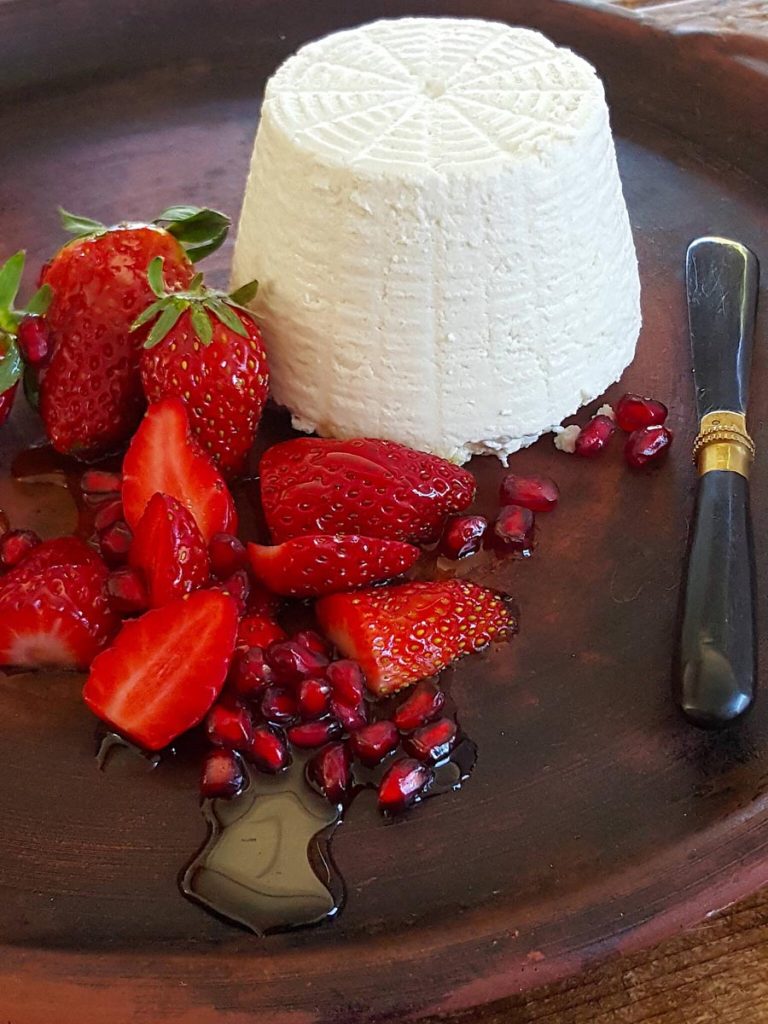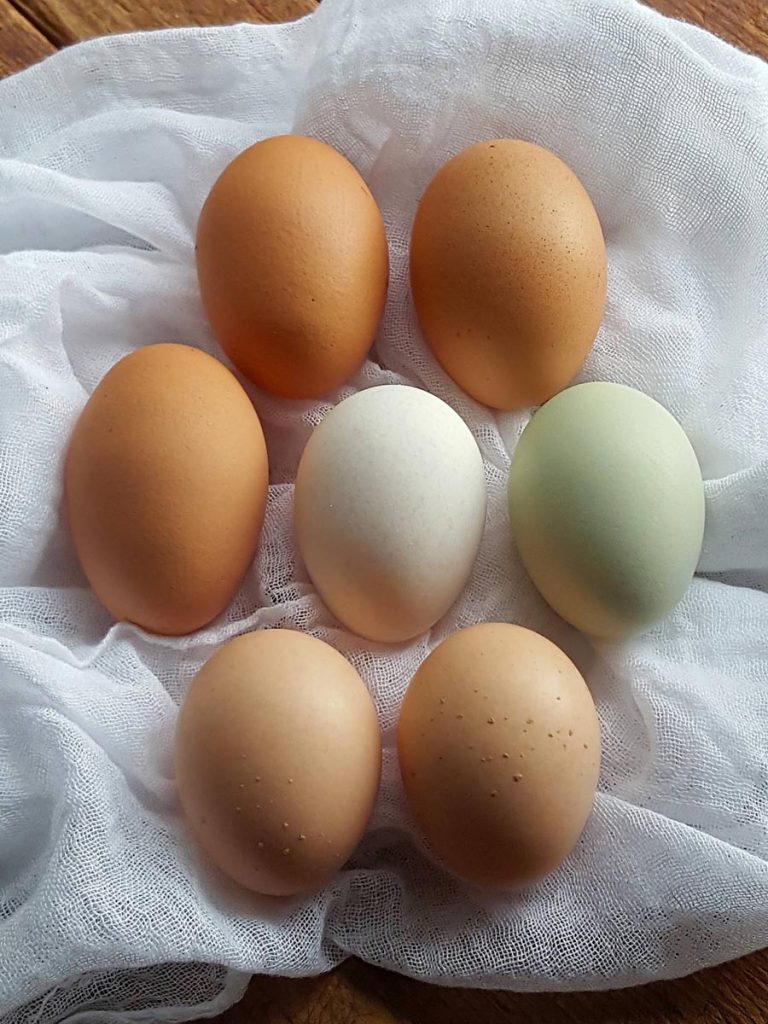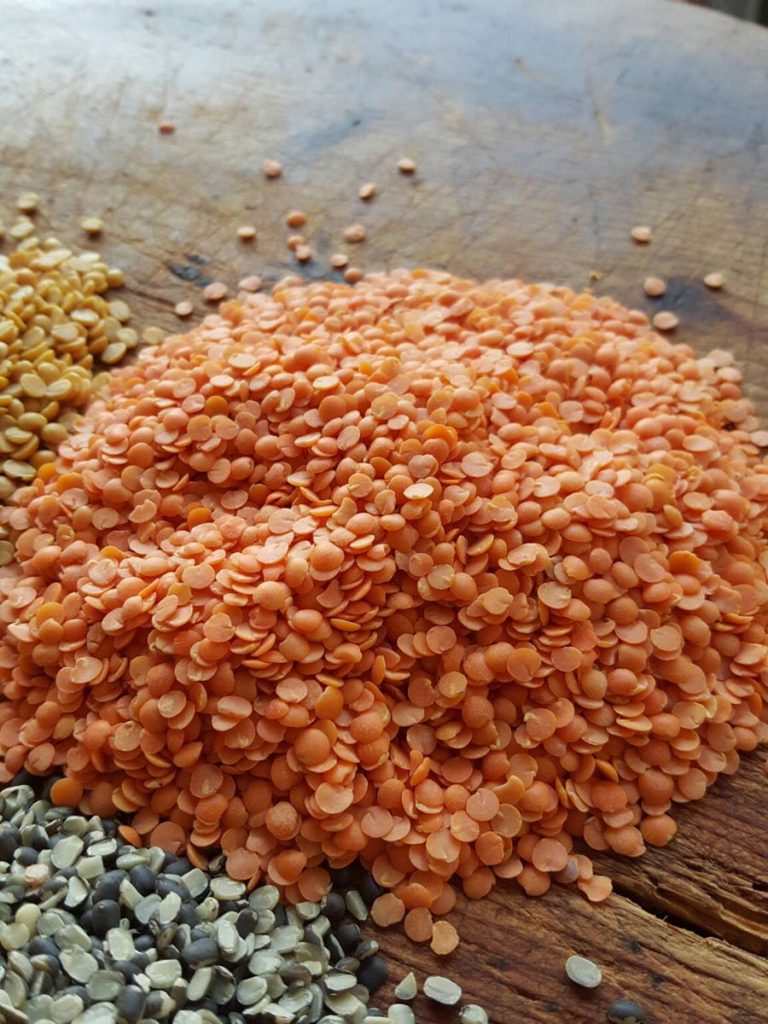Aquafaba
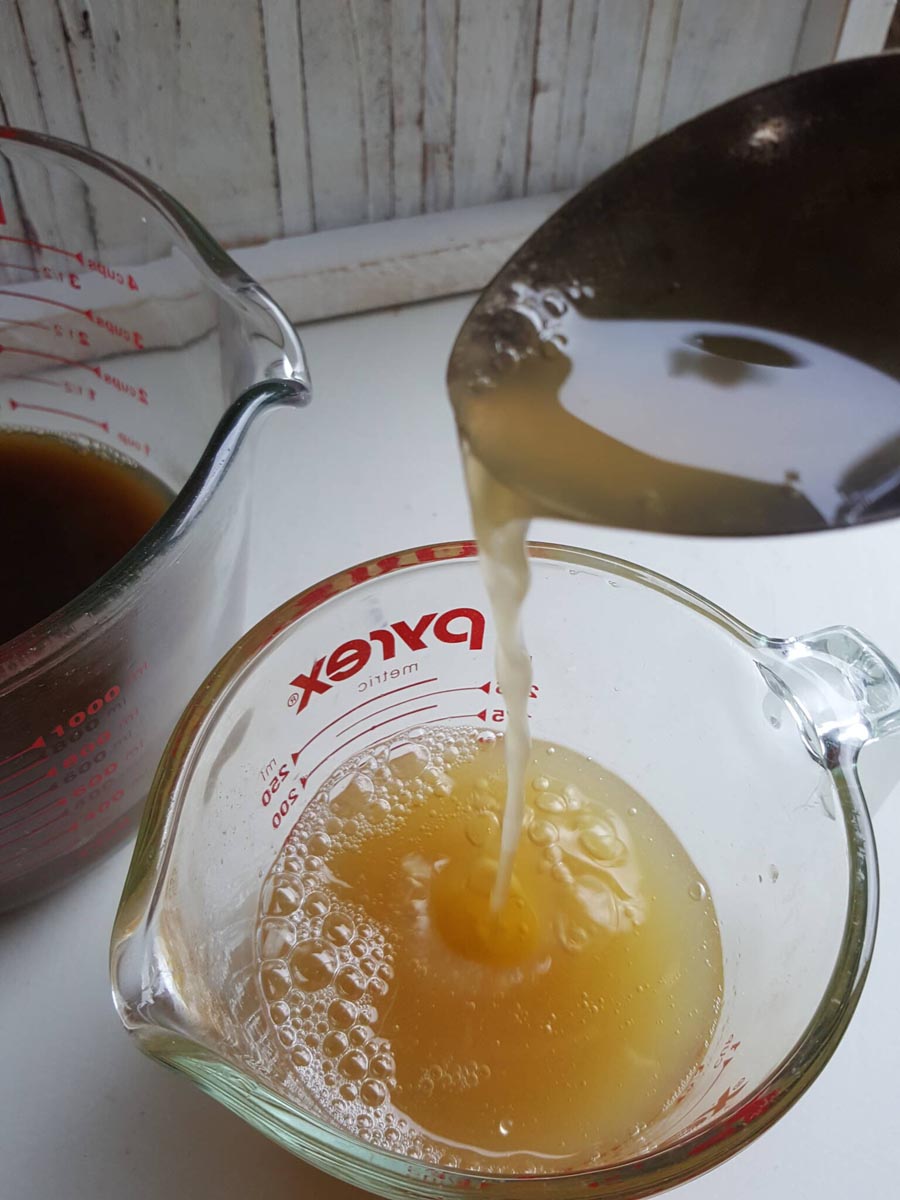
You better believe this …
To access this post, you must be a member. Either log in if you're already a member, or purchase Annual Subscription, Monthly Subscription, Gift a Subscription, Gift a Subscription – One Year, Gift a Subscription – Two Years, Gift a Subscription – Three Years or Gift a Subscription – Annual Recurring.
